At the end of the first week in Merida, the students undertook a one-day expedition to explore natural and cultural sites in the state of Yucatan along “La Ruta Puuc”. Puuc Route is a route between Uxmal and Lol-Tun, to the south of the state of Yucatan, full of Mayan archaeological sites. The route is completed with the history of the Mayan civilization and the mysteries of how they lived and built such a surprising and beautiful architecture. This Mayan region is characterized by its rich details of sculptures that can be seen on the facades of each of the buildings. The first stop of the tour for the students was in Uxmal, an ancient Mayan city full of unique sculptural styles, each covered by beautiful intrinsic designs, many o
f which represent Chaac, the Mayan god of rain.
As the students entered the visitor area of Uxmal, they were met with the Pyramid of the Soothsayer. Before moving around the ancient city, the guide instructed the students to clap all together, a total of 13 times, and listen to the effect. There was a sharp echo of the claps that was almost thrown back to the students ears, representing flocks of quetzal birds. An amazing engineering creation for it’s time.
The second stop of the trip was to Kabah, a little bit further down the road from Uxmal, and much less crowded. Kabah held a mystic to it that made you want to explore more. A entirely different architecture with many lattice designs, this smaller temple, the Codz Poop as it’s referred, means “rolled mats” which describes the numerous masks on the side of the temple. Many of these mask have fallen off the temple
and are scattered in the area around it. At the Codz Poop there was the Alter of Glyphs, a square structure carved with faces. The meaning is still not yet fully understood, as some of the carvings were destroyed or faded over time.
Labná down the windy road of Ruta Puuc and tucked away deeper in the trees, this ruin was many of the students favorite of the day. Smaller in size, the main focal point of Labná arch, which marks the connectivity of the different Mayan cities on the region. As many of the Mayan ruins are made with intrinsic
designs that represent gods within the culture, so too does Labná. If you look closely at the main arch, you will be able to depict three faces of Chaac, the rain god.
The last stop on the tour was to an underground cave called Loltún, which means ‘stone flower,’ it is thought to be a site used by the Mayans, especially during wars to protect them from invaders. The students followed a guide through the cave, which stayed lit by colorful lights throughout. There were many areas where it was necessary to watch your footing and climb over large rocks and crevasses.
Inside the cave there is evidence that humans occupied it at some point in history, with visuals of the outlines of handprints painted along the wall. The cave had many stalactites coming from it’s ceiling. The guide even demonstrated to the students how ancient people might have used one of the larger stalactites to summon others by pounding on it as it made a deep echo. As the students walked past, they each had an opportunity to hear the noise vibration as they pounded the side of their fist against the rock, producing the name “lol-tun”.
As the students ventured further into the cave, they came across an opening in the cave’s ceiling that shed beautiful beams of lig
ht inside the underground cavern. Because of the large holes in the ceiling, below there were green patches of plants, almost exotic and fairytale like. The students were in awe of its beauty and it was difficult to pry them away to continue the journey through the rest of Loltun.
At the end of their trek through the cave, there was a beautiful staircase make of rock that led out to above the ground. As the students climbed the steps they made sure to stop and “gig’em” for the camera before they reached the top of the stairs. The students then hopped on the tour bus and headed back to Merida where they had another opportunity to have family time with their host families and explore the city before the last week of the ELCIR trip.
Visit our Flickr to see more photos from Ruta Puuc

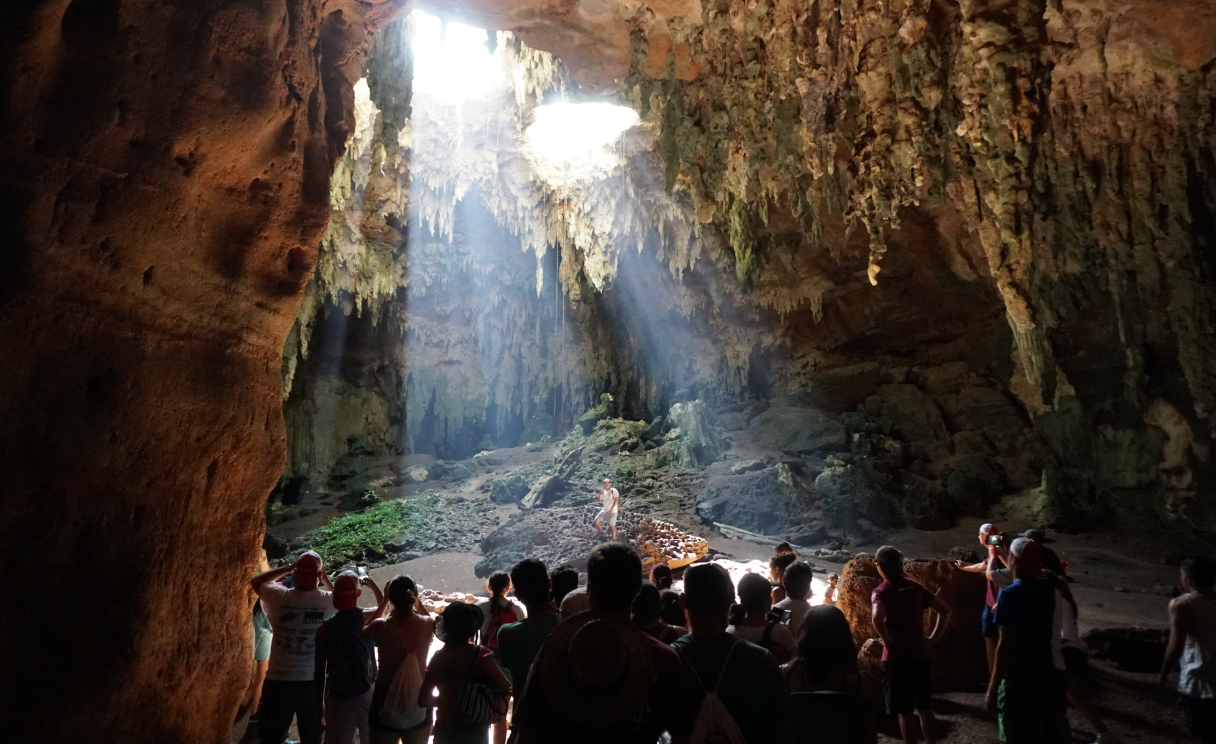




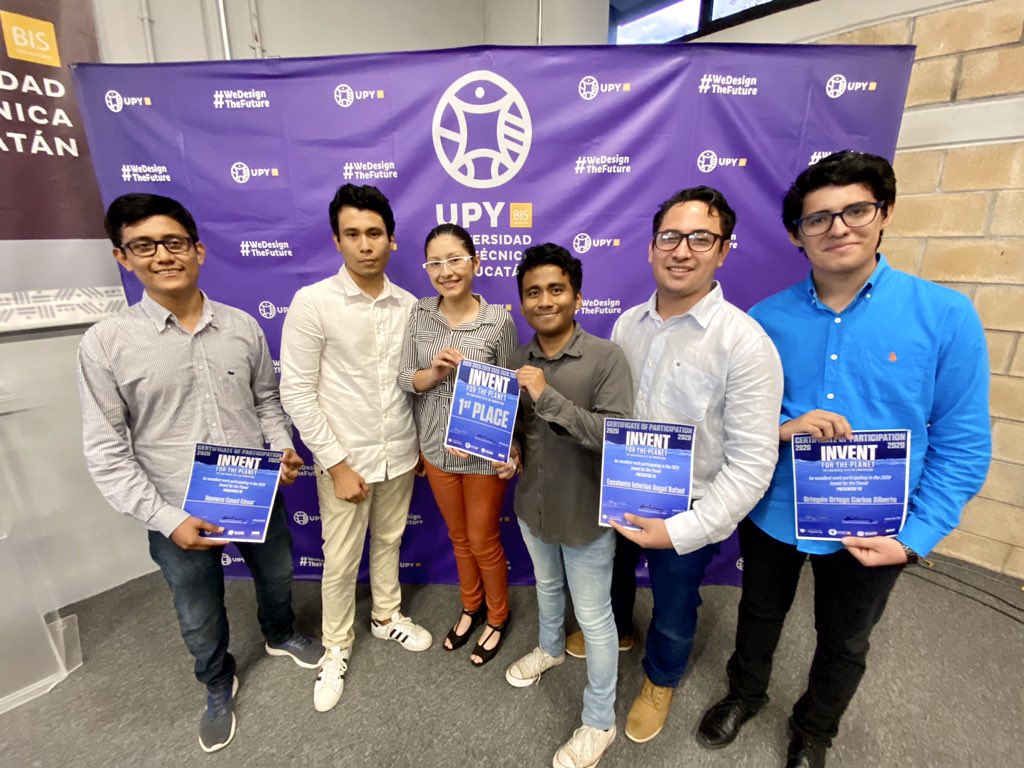
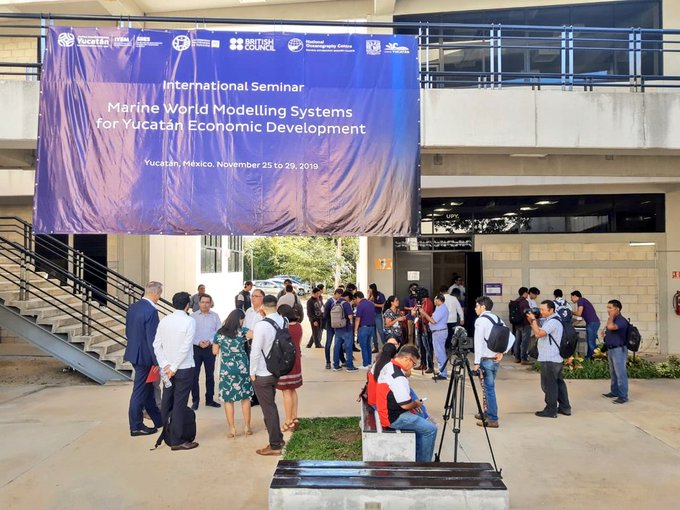
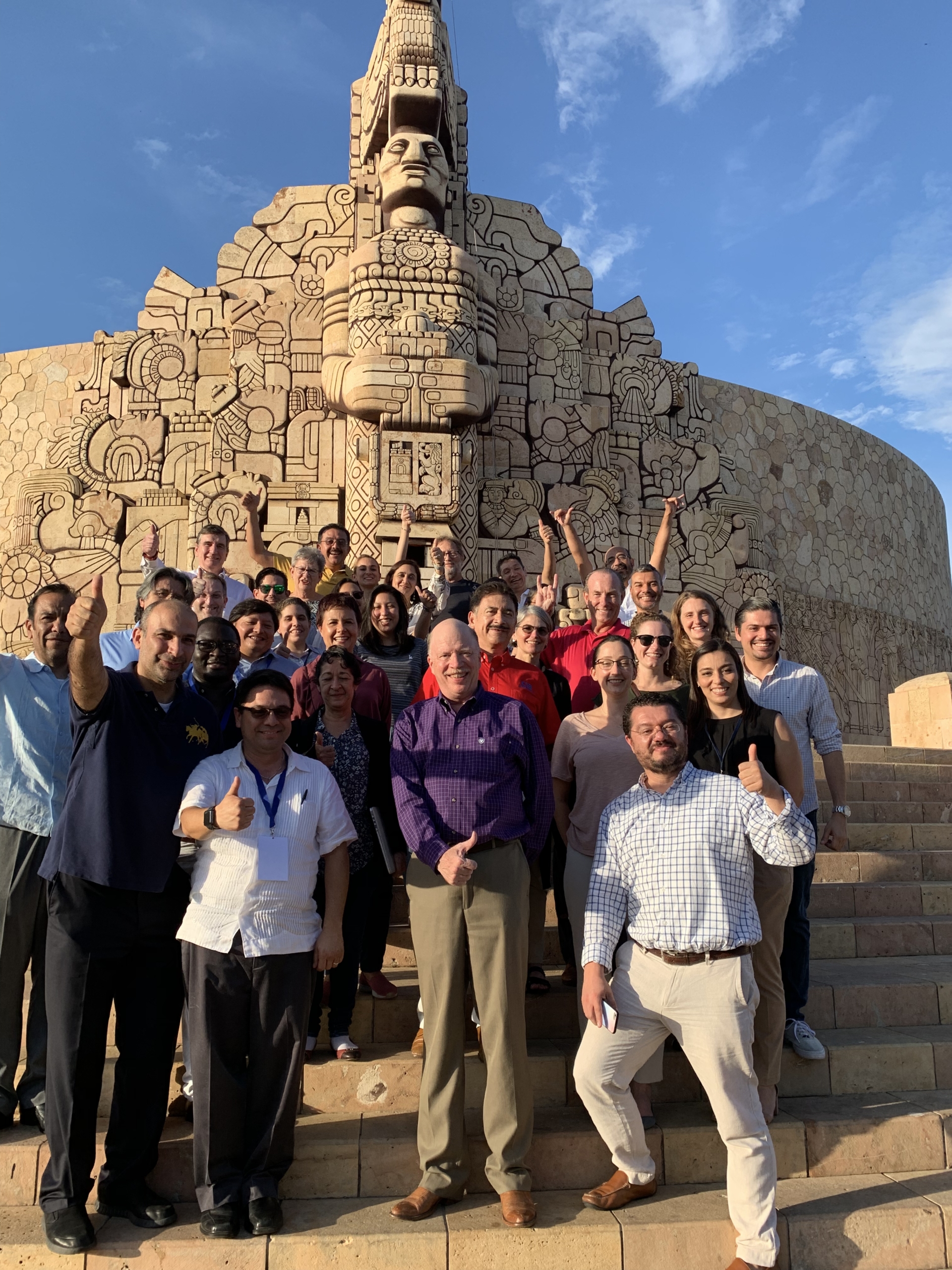
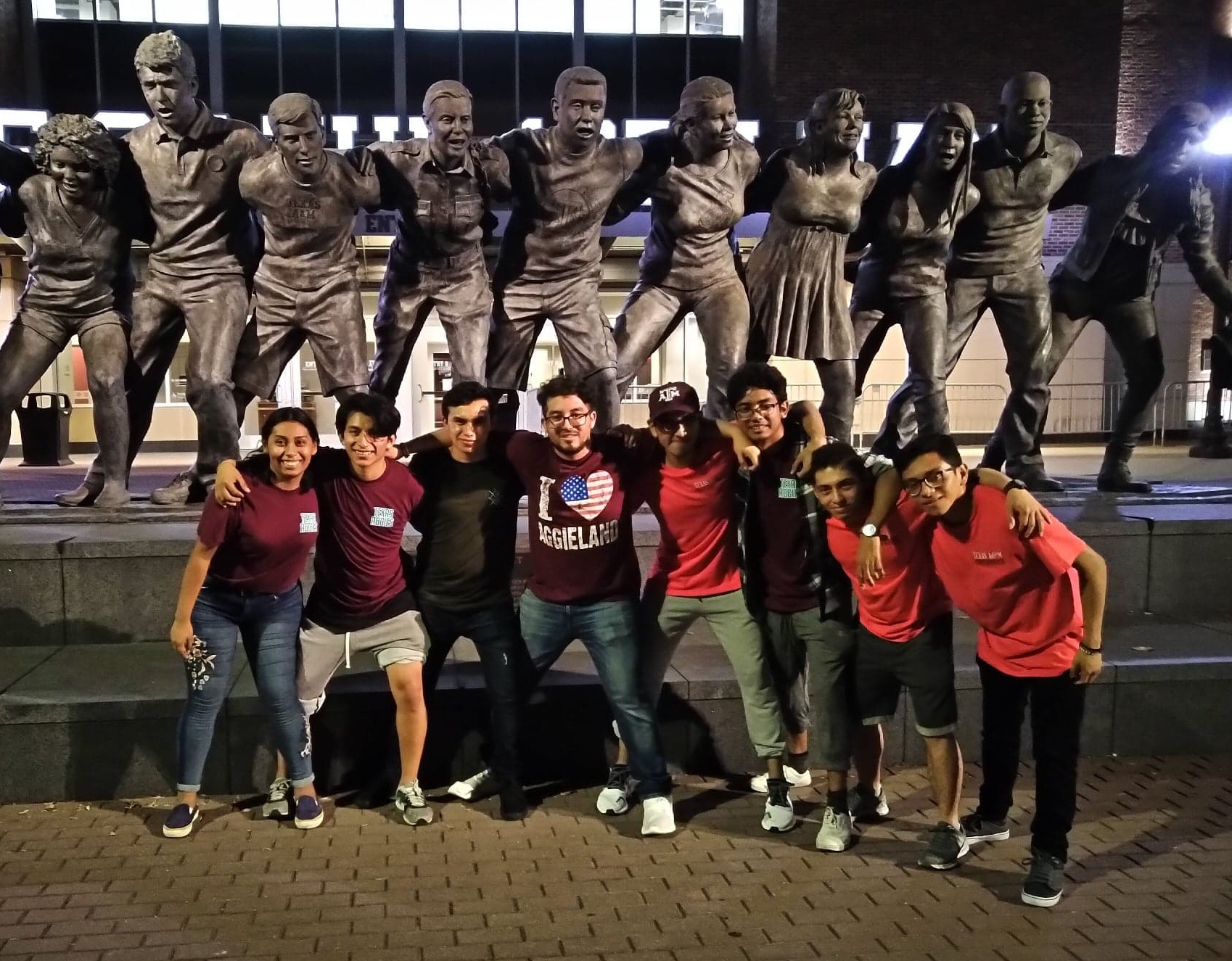
Follow Us